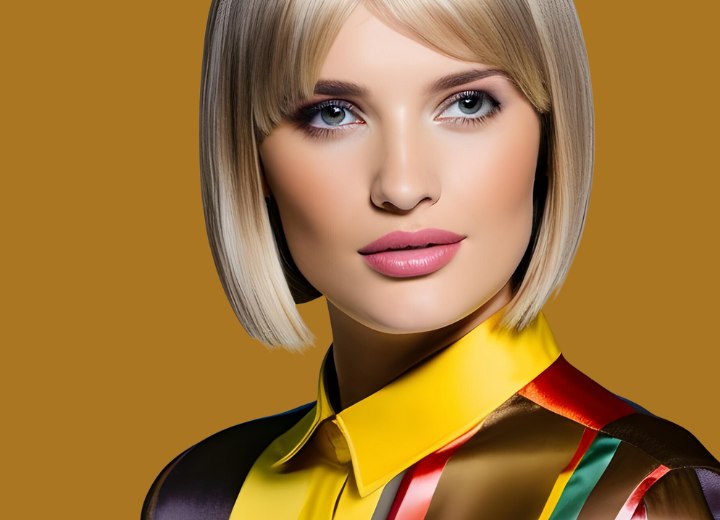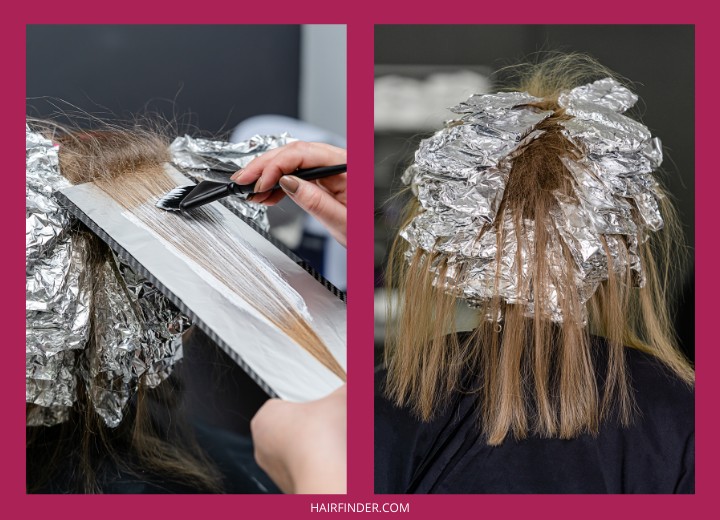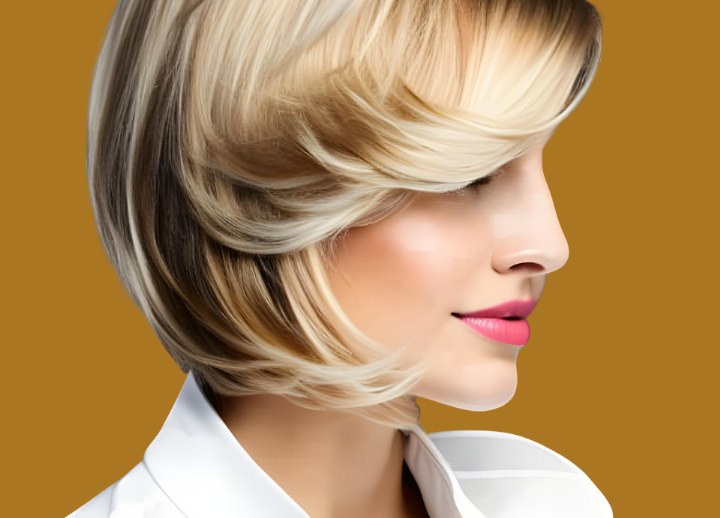What are Lowlights?

A: Lowlights are the opposite of highlights and they may not be as widely known to the general public. Lowlights are a coloring technique that adds depth and dimension to the hair by applying darker shades to some strands to create contrast. This results in a multi-dimensional, natural-looking hair color.
Since lowlights are darker streaks, they look best on lighter hair. For a subtle effect, one or two shades darker than the existing hair color should be chosen. For a more dramatic effect, a shade that is significantly darker should be chosen.
• Lowlights blend in seamlessly with the already existing hair color and are a great way to add subtle color to the hair, which makes the overall hair color look natural.
• Lowlights can emphasize the natural hair color and make it look richer and more vibrant. By adding darker shades to the hair, lowlights can create depth and dimension, which makes the hair look more appealing.
• Lowlights can also create the illusion of body and texture in the hair. By adding darker hues, lowlights create shadows and depth, which makes the hair look thicker and more voluminous.
• Lowlights don't need to be touched up often. Since they involve adding darker shades to the hair, lowlights tend to fade slowly.
Lowlighting can be done using different techniques: the foiling technique, the freehand technique, and the cap technique.

To apply lowlights with this technique, the hair is divided into (usually equal) sections. The next step is taking strands of hair from the top of one of the sections and separating it from the rest of the hair. Then, a brush is used to apply color to the strand. After the color has been applied, a foil is folded over the strand of hair. Finally, the hair coloring is left to process for the required amount of time.
The freehand technique involves hand-painting the color onto the hair in a freeform way. This technique is effective for creating a more natural, sun-kissed look, as the color can be applied in a way that mimics how the hair would naturally lighten over time.
To apply lowlights with the freehand technique, the hair is divided into sections. Then, strands of hair from one of the sections are selected and hair dye is applied to them, with a coloring brush. The color is applied with a sweeping motion and a gentle touch to create a natural effect. After that, a second, dry, brush is used to blend the color into the surrounding hair for a smooth transition between the lowlights and the natural hair color. Then the dye is left on the hair for a certain amount of time to process.

The technique involves putting a cap over the hair. This cap is made of rubber or silicone, fits tightly, and has holes all over it. Using a crochet hook or a long needle, small sections of hair are pulled through the holes in the cap, and then dye is applied to the exposed sections. After applying the dye, it is left to process.
Whether you choose the foiling technique, freehand technique, or cap technique, it is important to work with a professional hairdresser who can help you decide which technique is best for your hair type and the look you are trying to achieve.
©Hairfinder.com
See also:
Foiling technique
What are highlights?